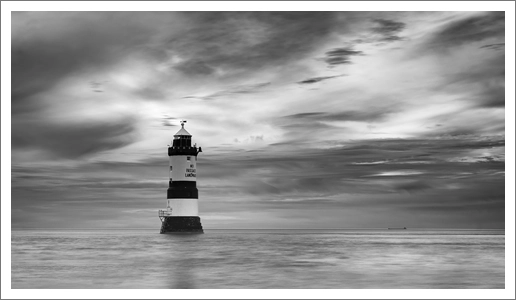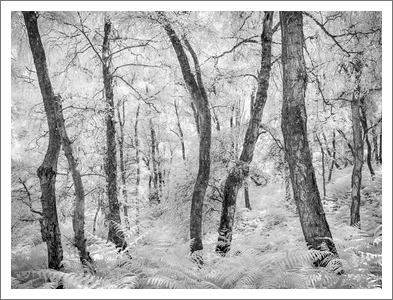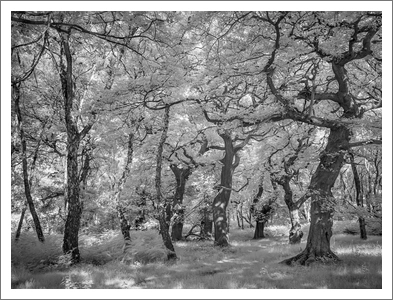
I hate Summer! It is the worst time for landscape photography; sunrise and sunset are far too early / late and the “golden hour” light which is so nice to shoot in lasts for about 20 minutes. Between these times, the light is too harsh, too bright and just horrible. So my camera would stay in its bag throughout July, August and half of September, that is until I dipped my toes in Infrared.
I have been drawn to black & white infrared for a while now, liking work I have seen from the likes of Paul Gallagher and then I watched a great YouTube video from Thomas Heaton where Thomas converts one of his cameras to infrared. This was the nudge I needed to move from thinking about it, to doing it.
A week later, I had purchased a second-hand Sony A7R-III-A, sent it off to ProTech Repairs to get it converted to 720nm Infrared, and I was off out to start practicing.
My first results were hmm 🤔
Things I soon realised (and some which I had read about): –
- Getting a sharp image is more of a problem as defraction kicks in about a stop sooner than visible light;
- Not proved this fully; but hyper-focal focusing doesn’t seem to work – well not based on normal visible light calculations. I expect the depth-of-field is different in infrared;
- The more you open your aperture the more risk of getting hotspots on your image due to flare in the lens from the infrared light bouncing around;
- Manual focusing is much harder due to the viewfinder showing the infrared image which is generally, darker and with less contrast;
- Any foliage in the scene instantly turns into nuclear-white and highlights are very hard to manage in post processing.
But these are just technical challenges to overcome 😀
- Sharp images: just need to be aware of the aperture I am choosing; where I normally shoot f/11, I need to shoot f/8 or larger;
- Depth of field: well I just need to be a bit more careful on my focus point – or revert to focus stacking some images;
- Hotspots: I have not really seen this problem below f/14. I have been generally using the Sony 24-70 f/2.8 GM2, which so far seems to mostly handle the infrared reflections;
- Manual focusing: just take more time and sometimes open up two stops to get more light into the viewfinder whilst focusing;
- Nuclear-white highlights: a quick chat with Paul Gallagher and he stated the obvious – “always remember to under exposure. The last quartile of the histogram should remain empty as often as possible” – problem solved.
After a week of practicing, I feel I am getting somewhere and obtaining the sort of images I pre-visualised infrared would allow me to make.
Below is, I feel, my best work from the week …
Oh, and it is wonderful to have a reason to be out with the camera on sunny days 🥳


